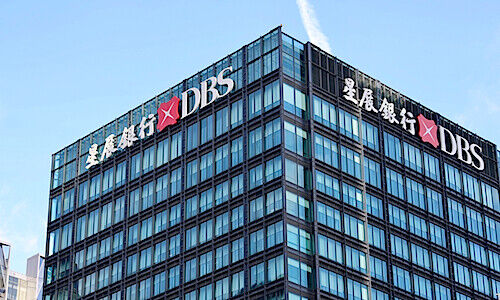DBS Outlines China Strategy
DBS will seek to further its expansion in mainland China with a focus on three areas: its securities joint venture, consumer finance and Greater Bay Area opportunities.
DBS chief executive Piyush Gupta unveiled details about its China plan during the latest annual general meeting held virtually yesterday.
«We are convinced that China's opening-up in the capital account is going to present tremendous opportunities,» Gupta told shareholders.
«We're already seeing some benefits of that, as institutional investors from China come out and international investors go into China. So that's hopefully a big area of growth for us.»
China Strategy
According to Gupta, the bank’s new securities joint venture in China, announced last September, is expected to go to market in the coming few weeks.
On consumer finance, the bank will also launch a wholly-owned business in China, in addition to its existing 15 percent ownership in a consumer finance joint venture with Postal Savings Bank of China.
And on Greater bay Area, Gupta said DBS’ Hong Kong presence is expected to support deeper integration into the area with «good momentum» observed last year, especially from its supply chain solutions.
LVB Takeover: No Forced Marriage
Gupta also commented on DBS’ takeover of Lakshmi Vilas Bank (LVB) last November and stressed that the deal was not a «forced marriage».
«People have asked whether this was a forced marriage or if we were forced to do this deal,» he said, noting that the bank long had interest in organic and inorganic expansion. «This the last thing from a forced marriage.»
India: Retail and SME
DBS highlighted an opportunity through the LVB takeover to accelerated its digital push in South India with an eye on two segments with huge opportunities: retail and small-to-medium-sized enterprise clients.
Post-acquisition, the bank has added 125,000 corporate and 2 million retail customers with the latter figure boosting its retail share of deposits from 23 percent to 48 percent.
Gupta also said that he expects no more incremental cost of credit from the LVB portfolio and expects the merged entity to become profitable in the next 12 to 24 months.






















